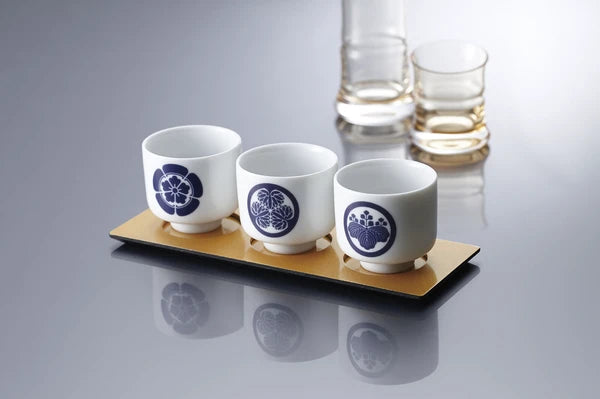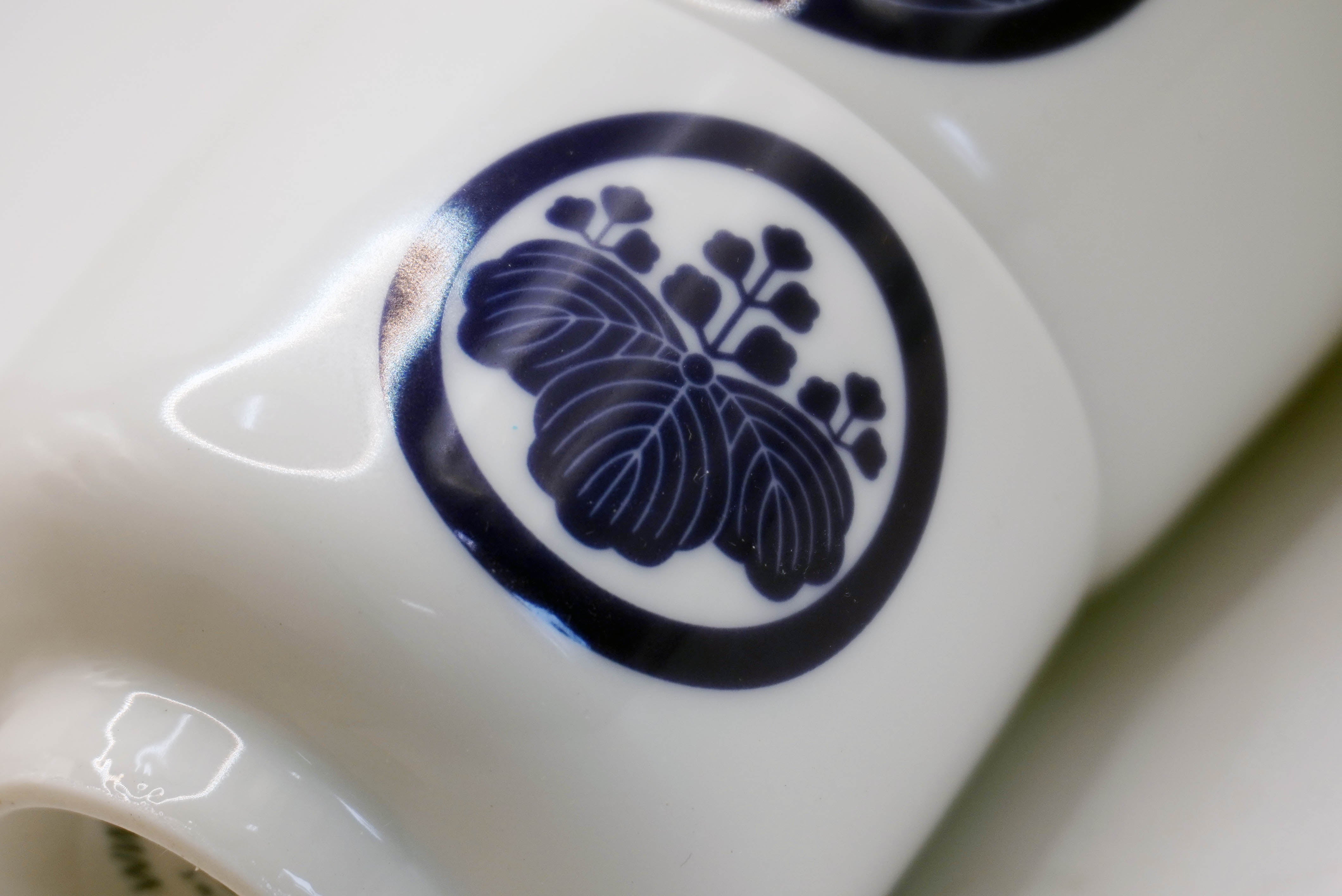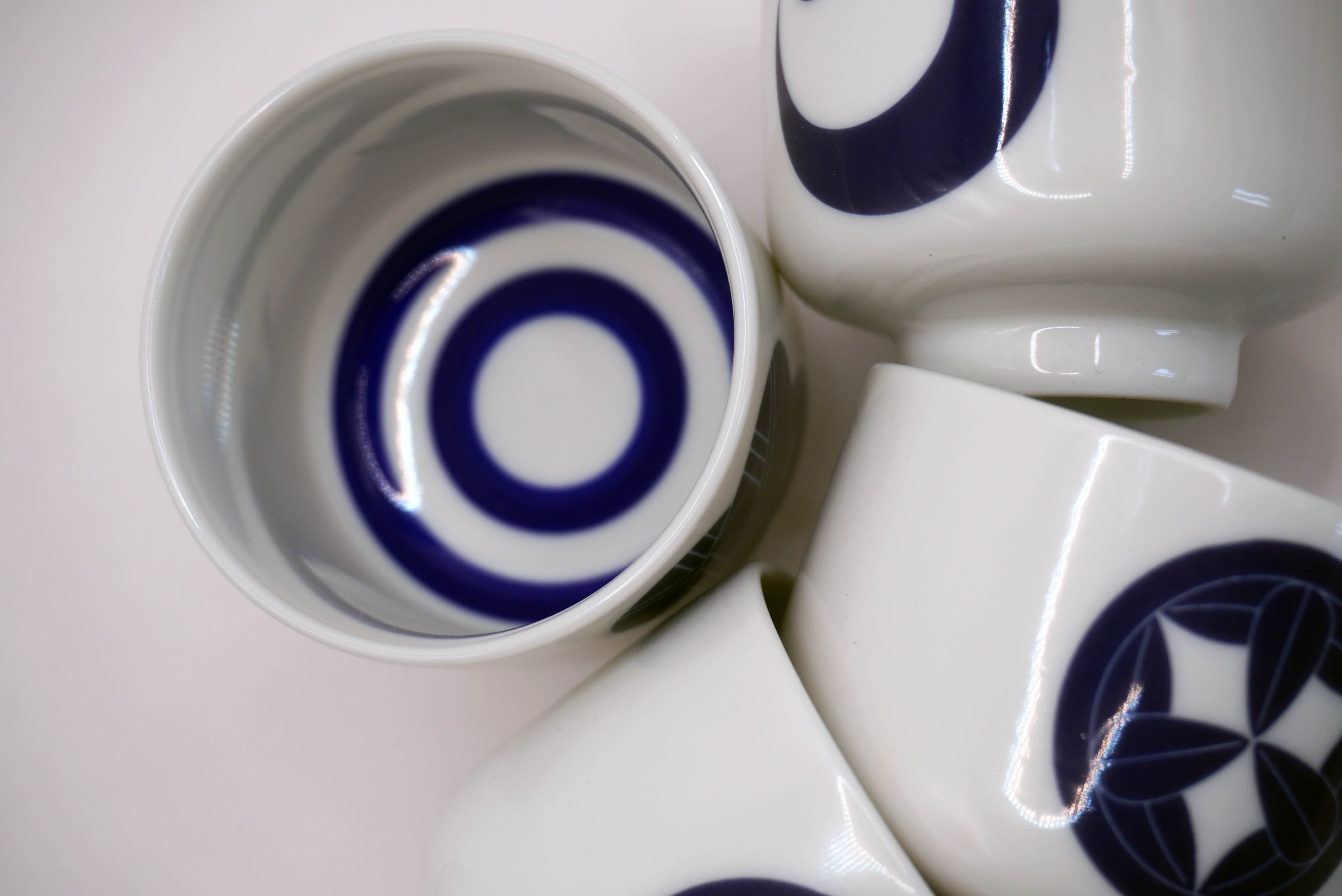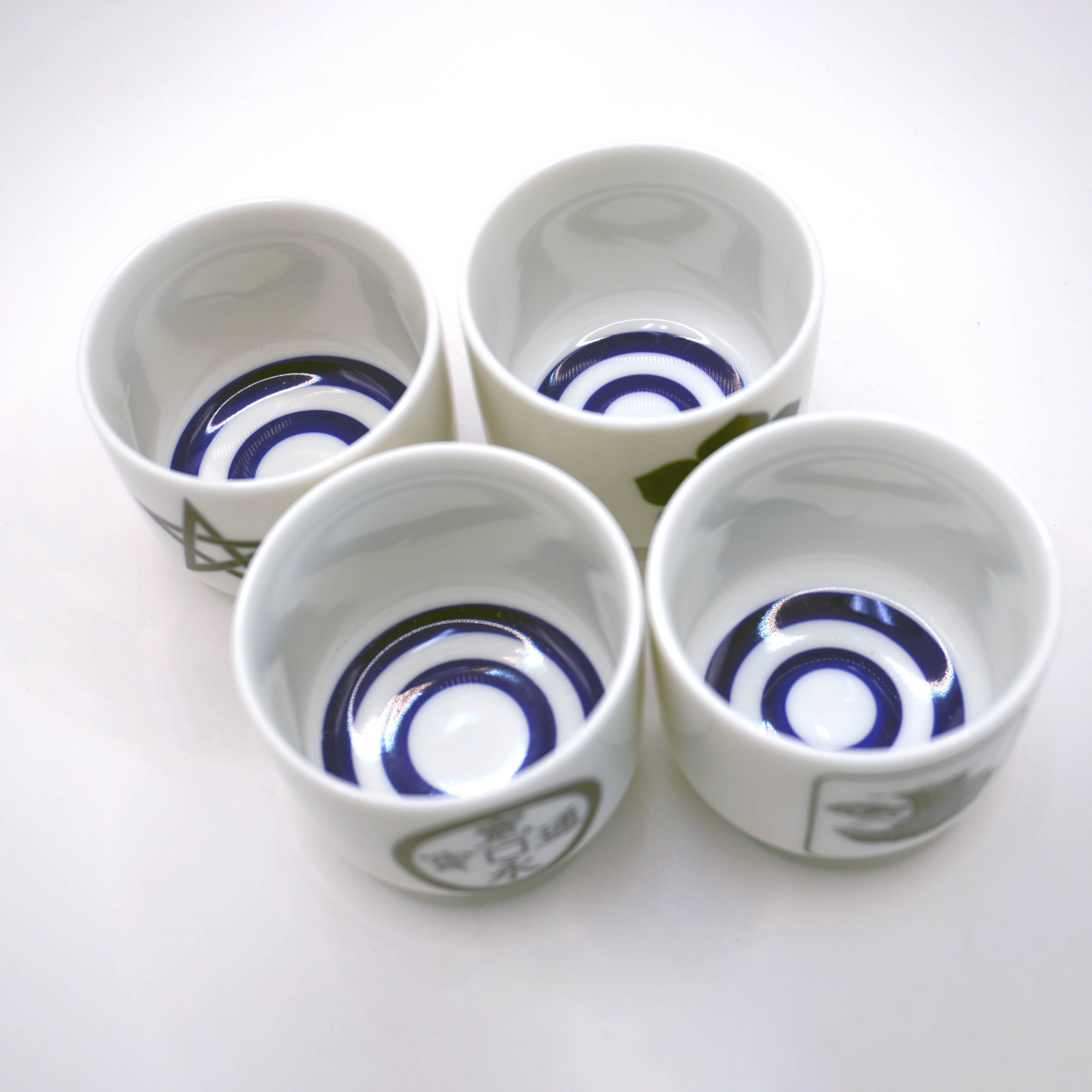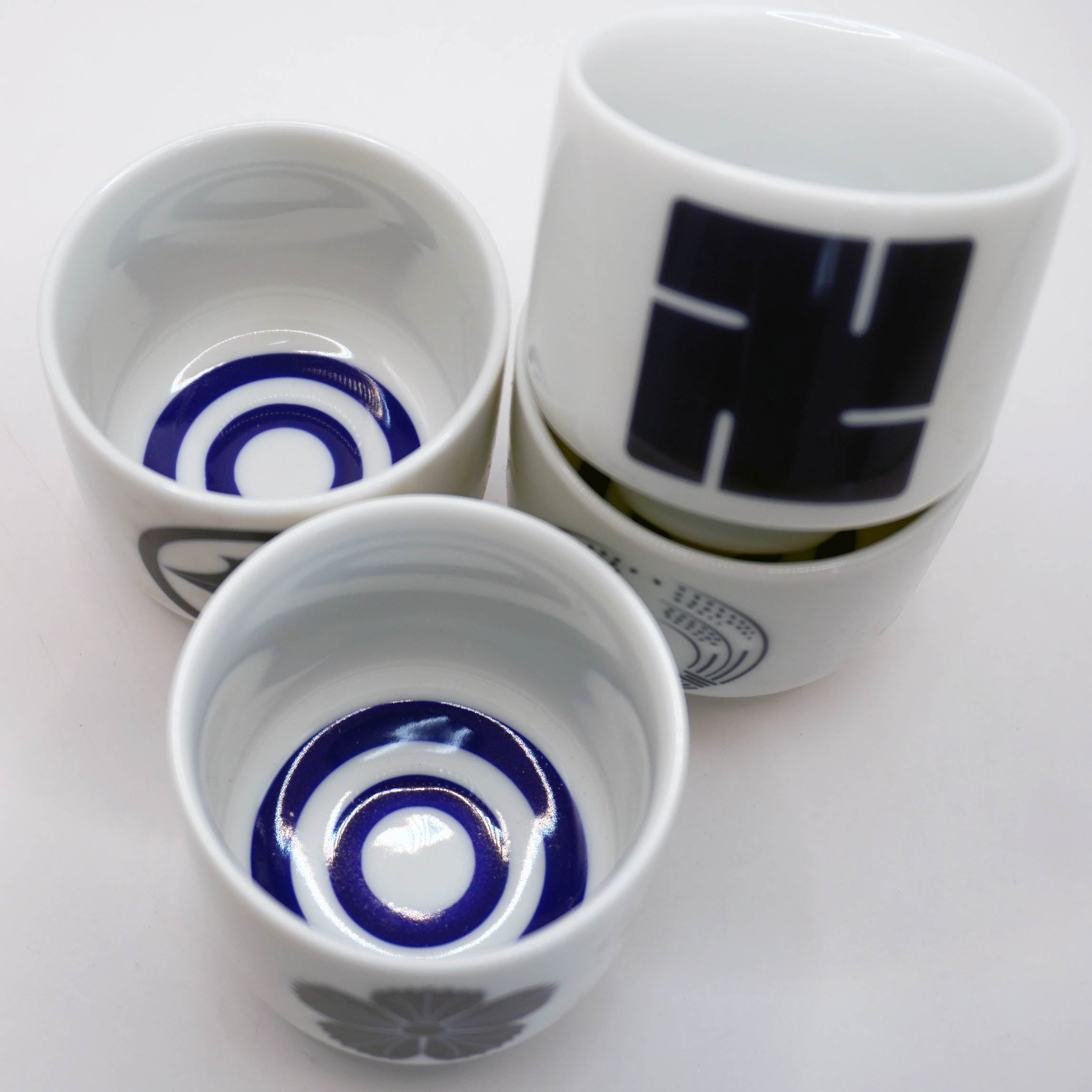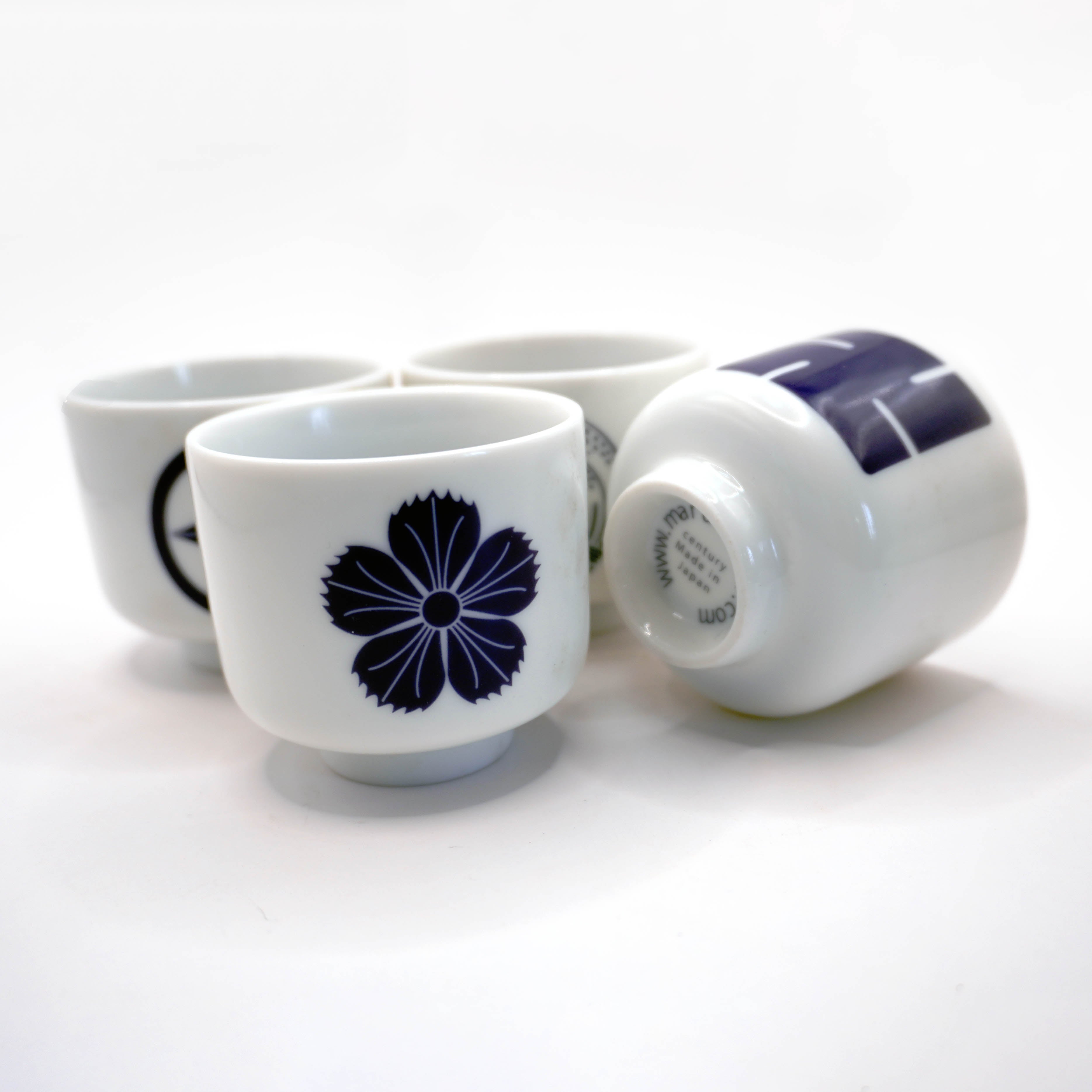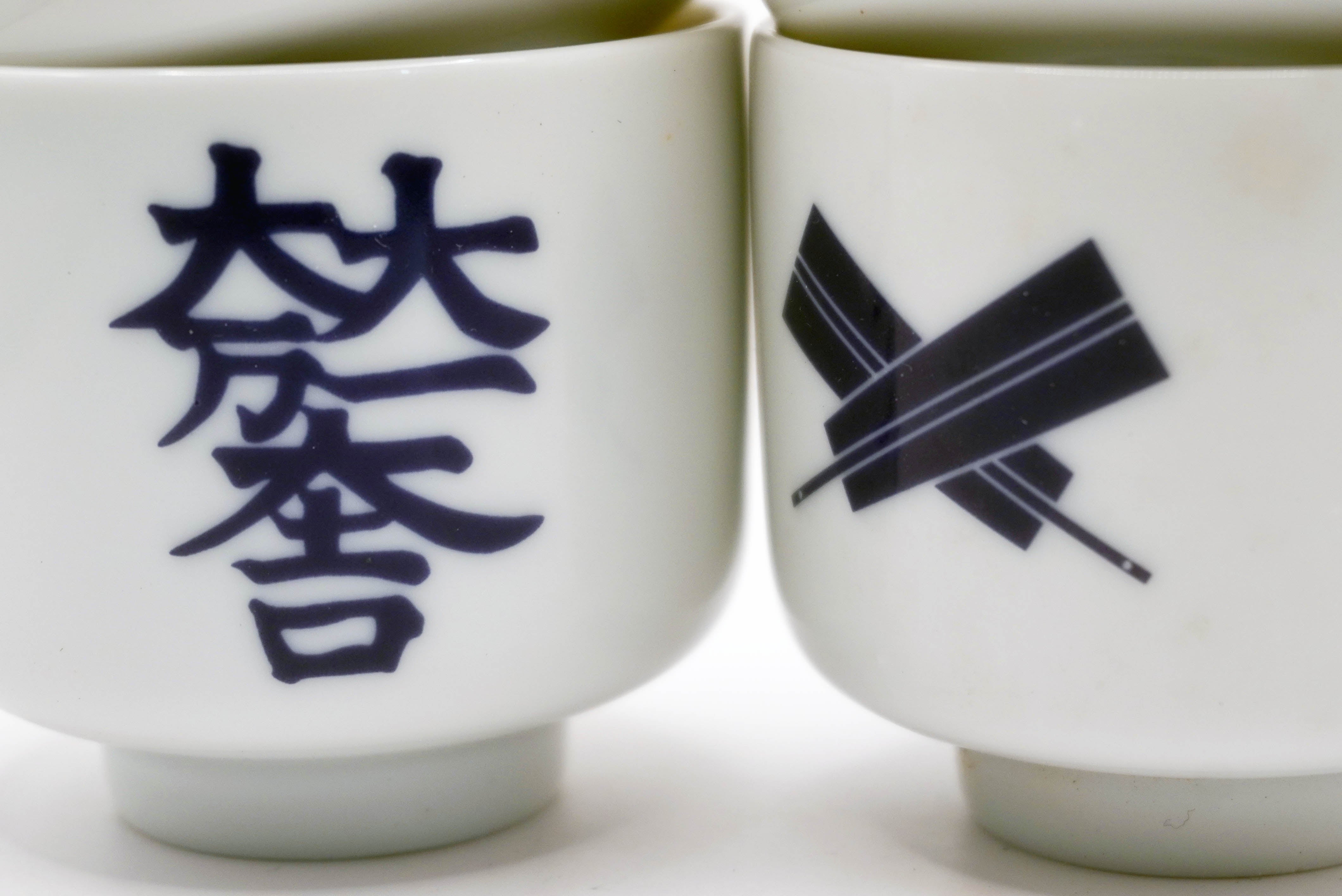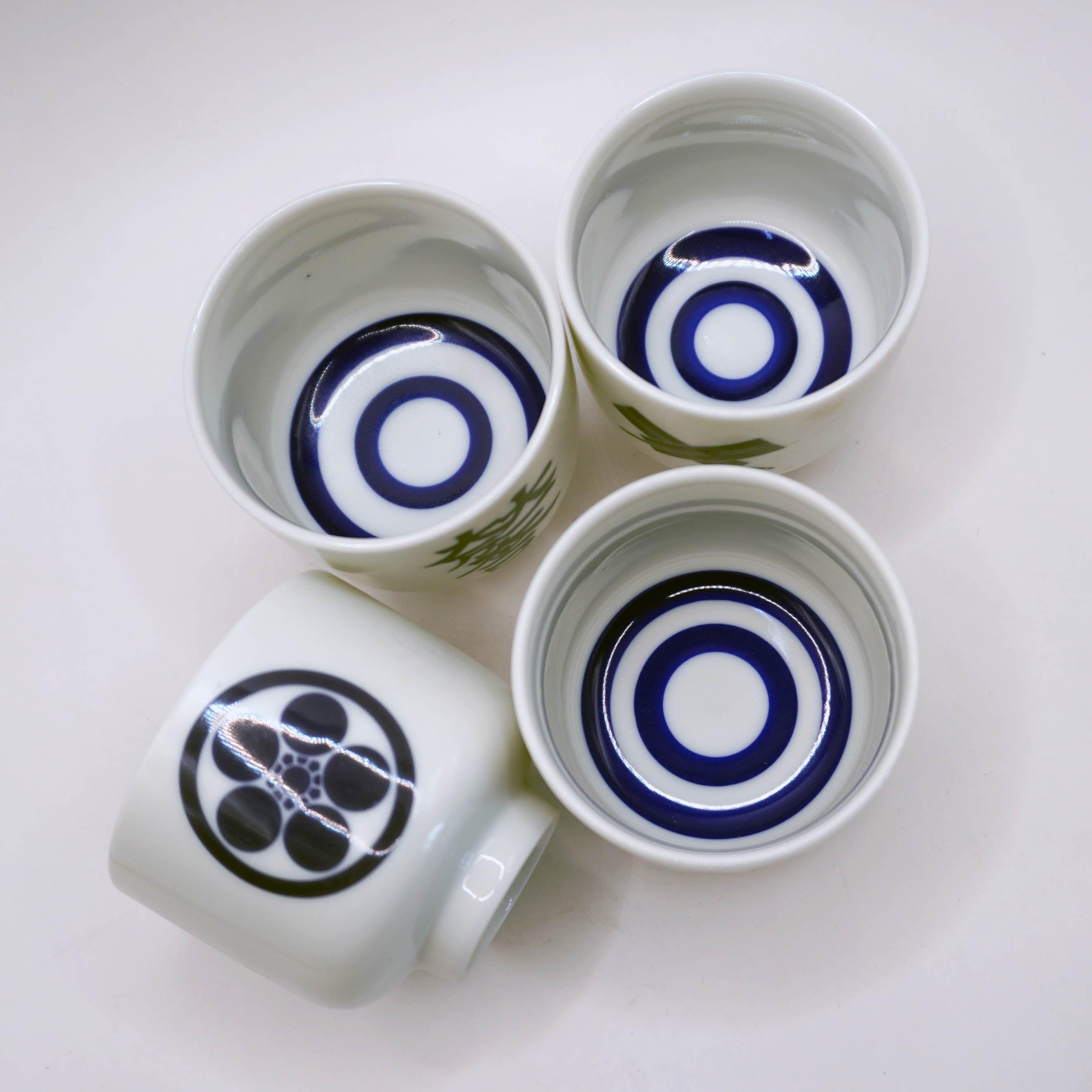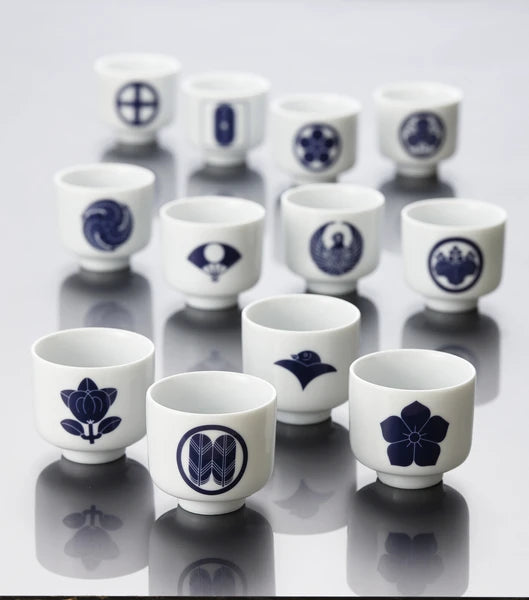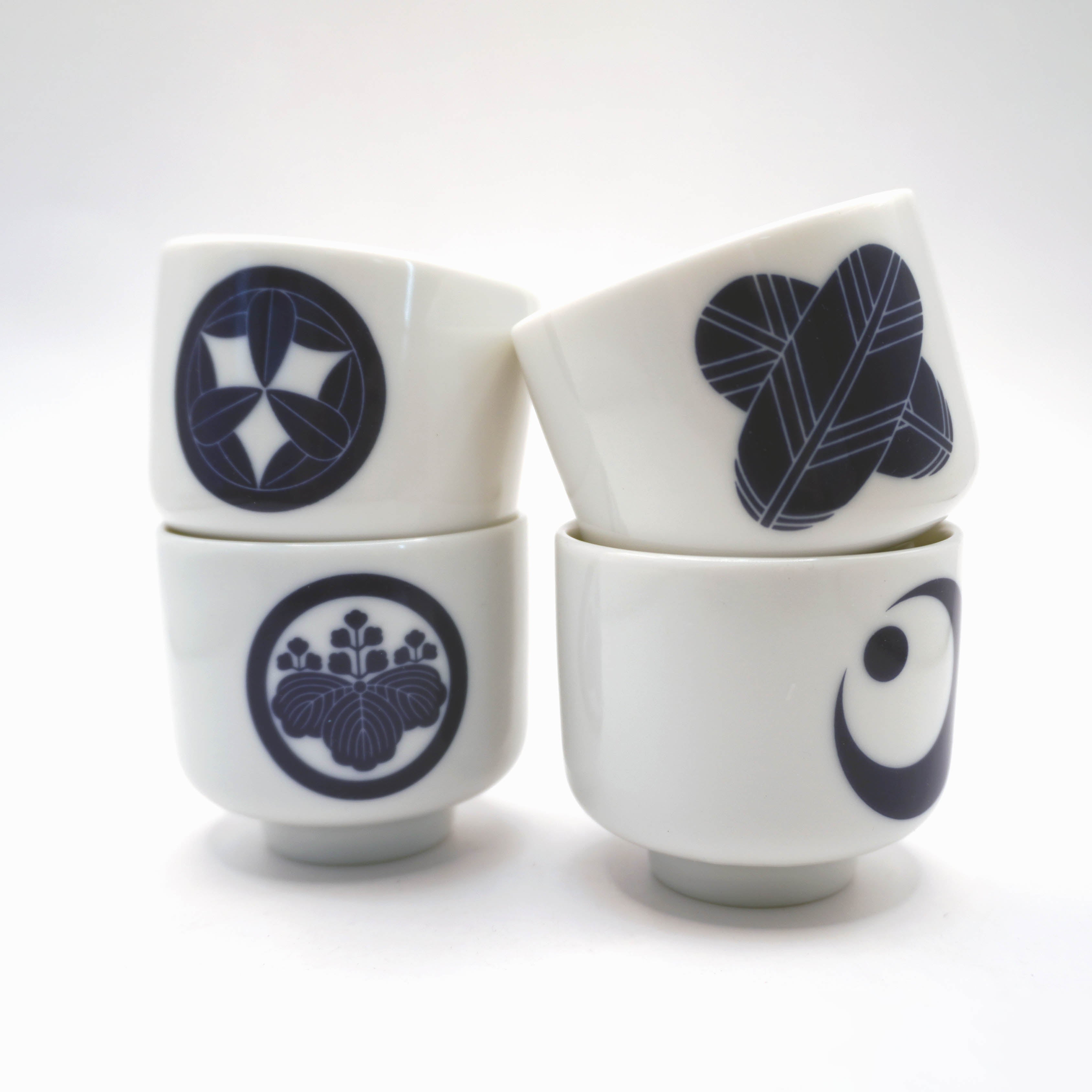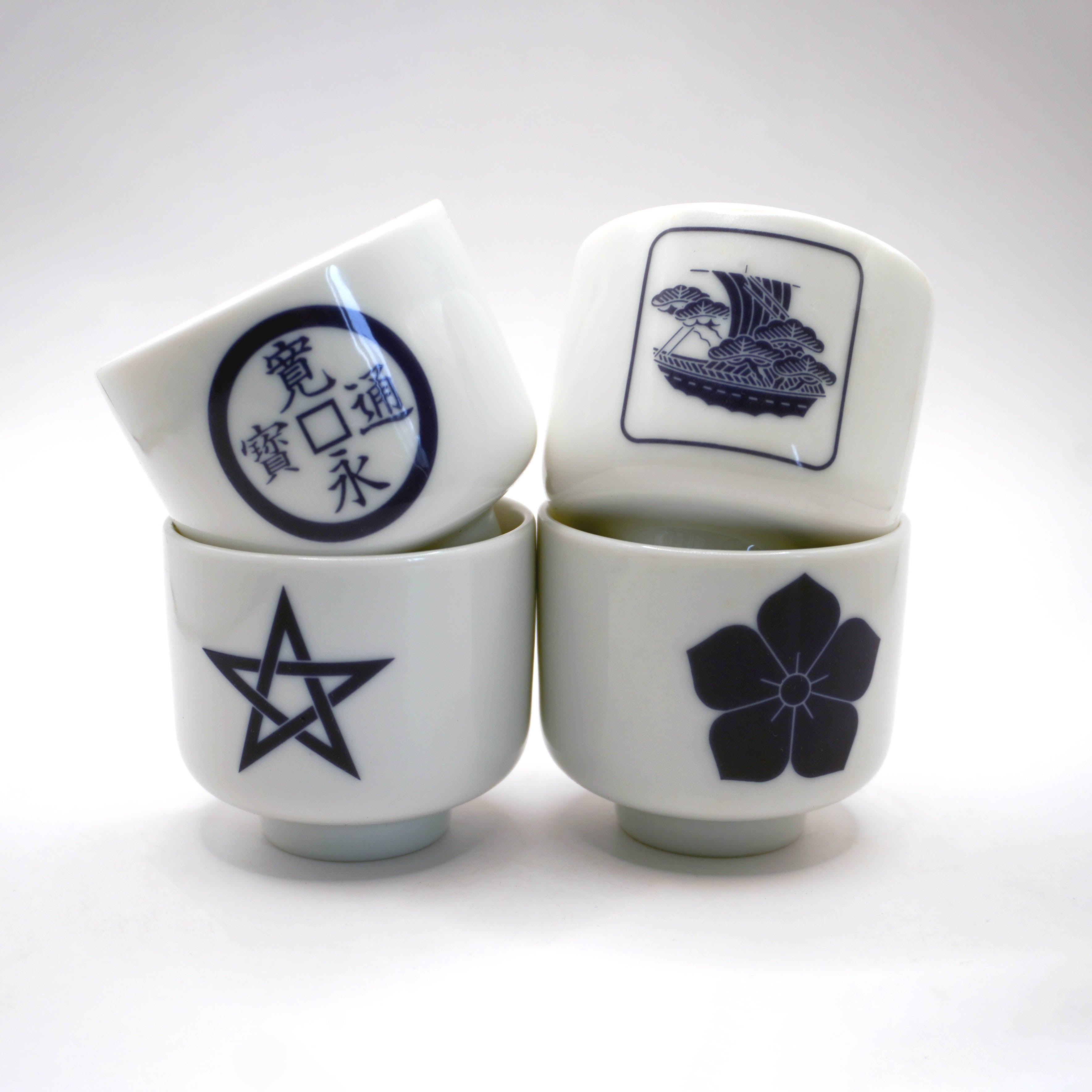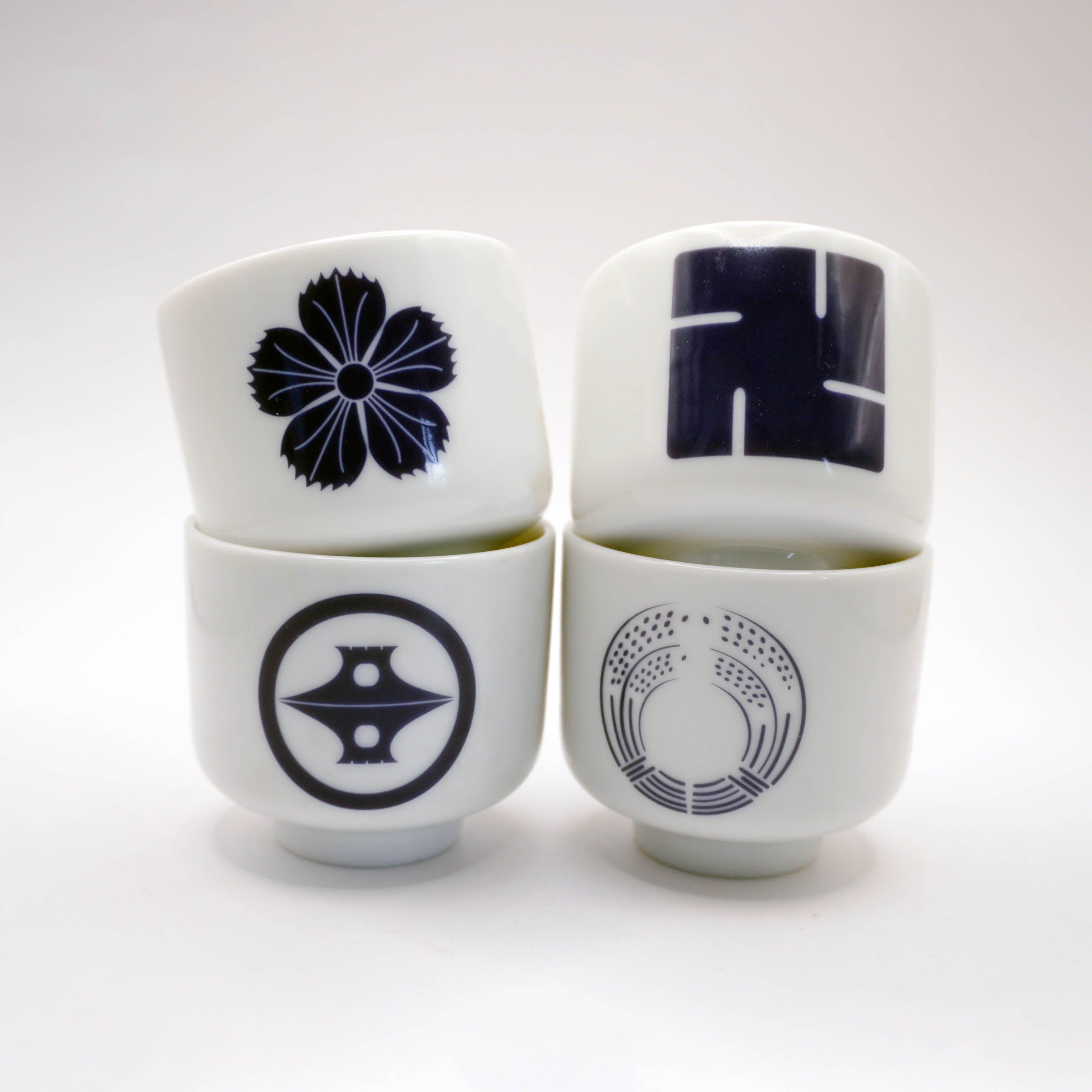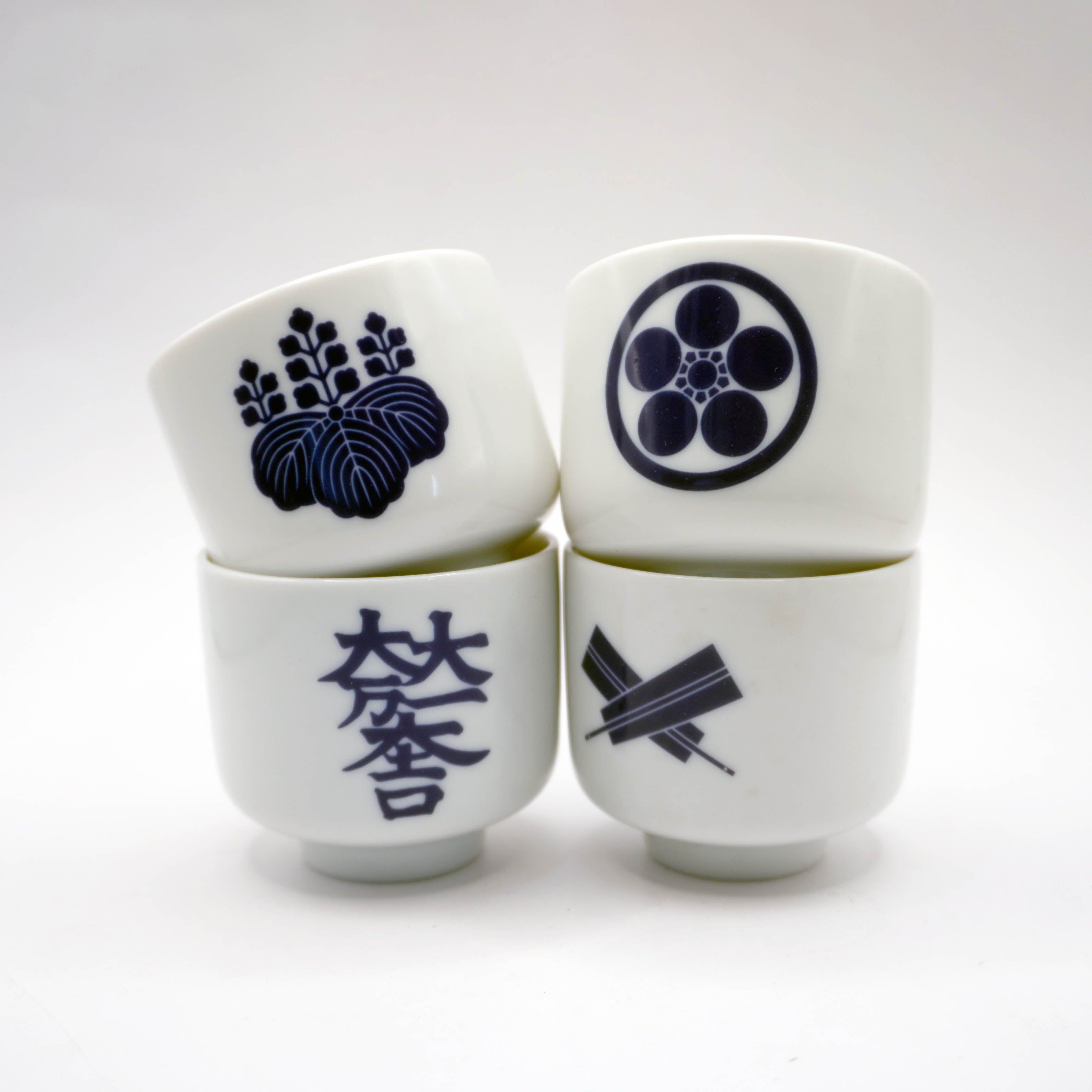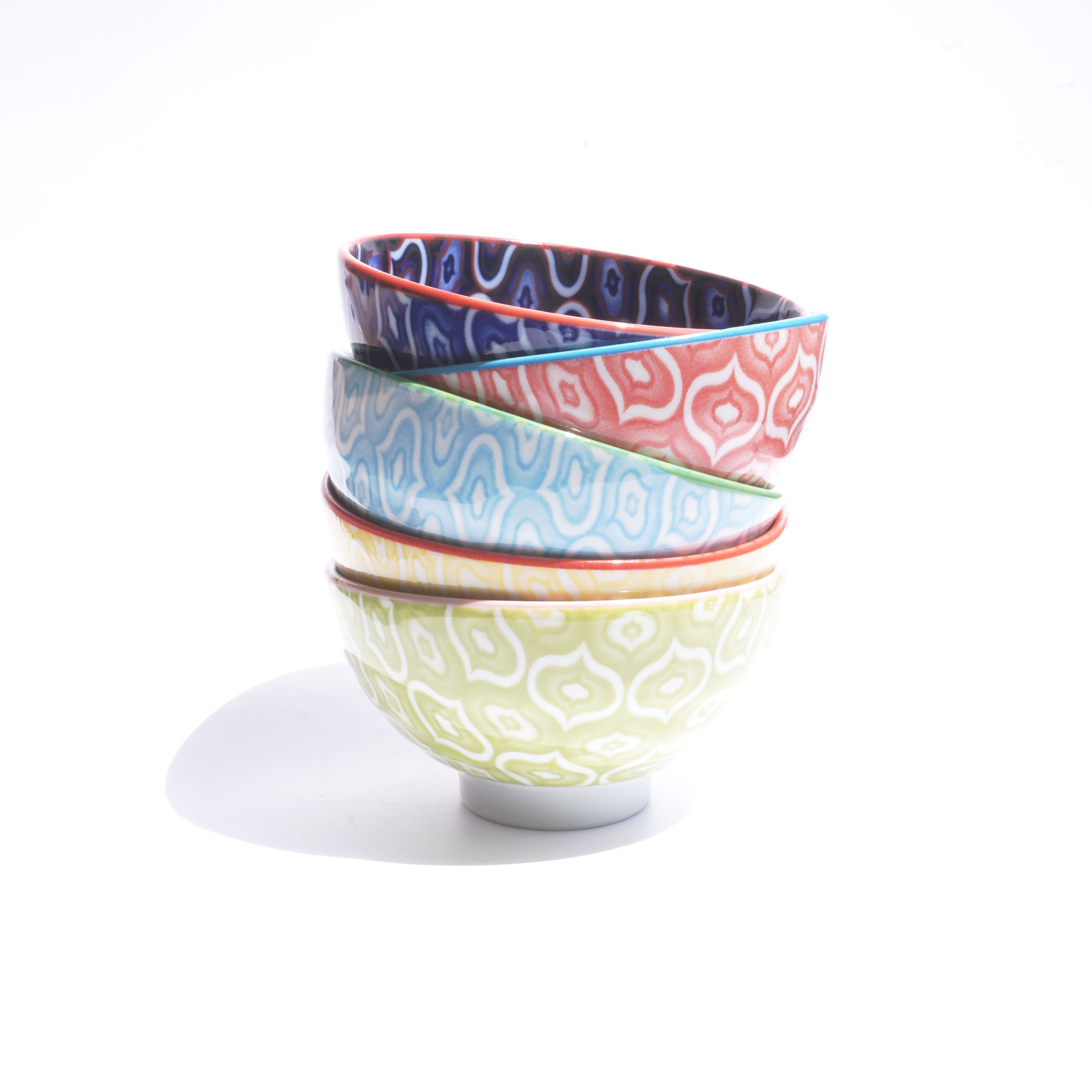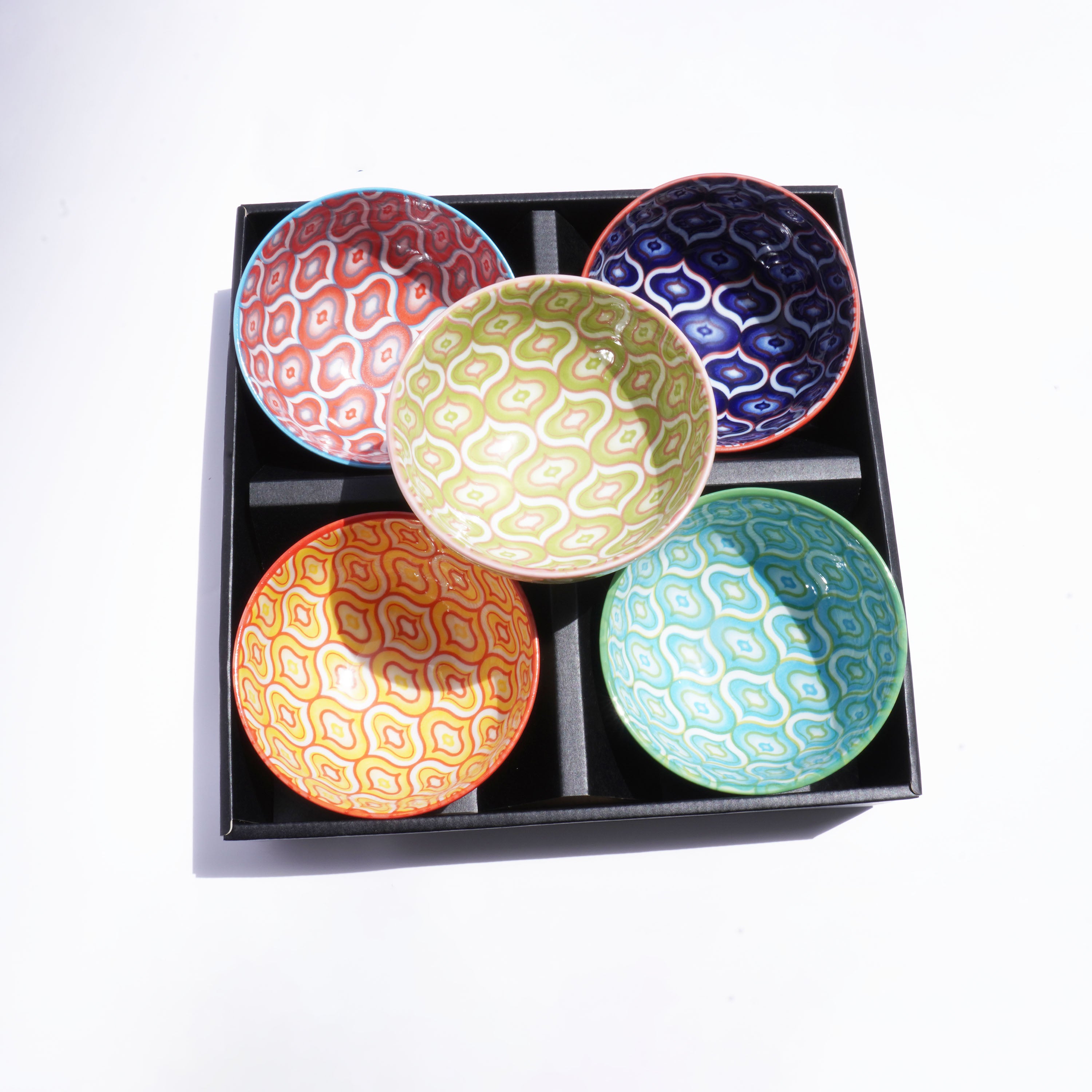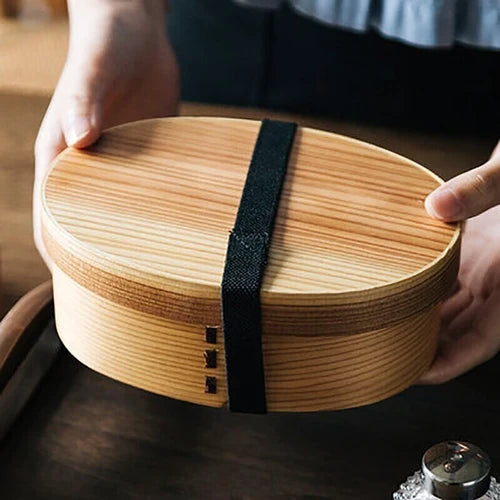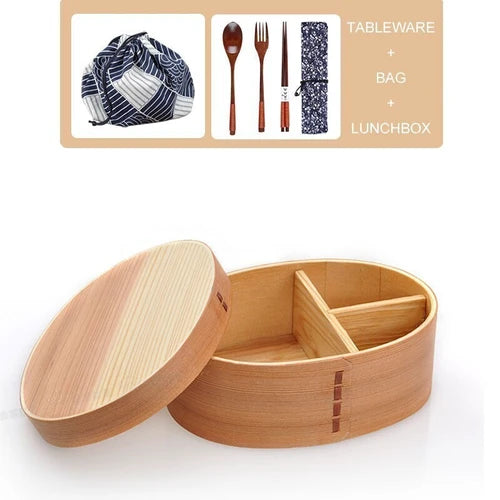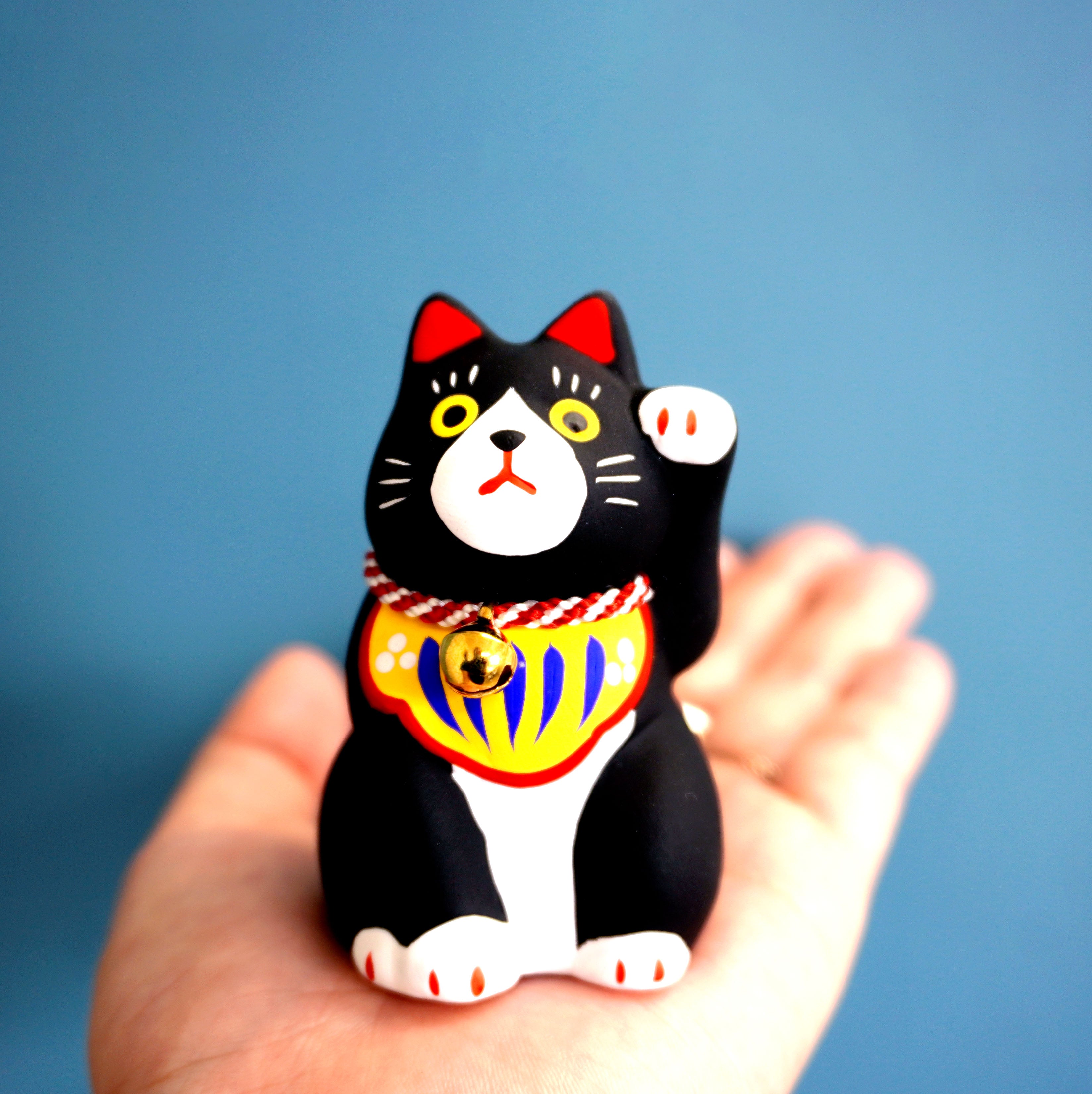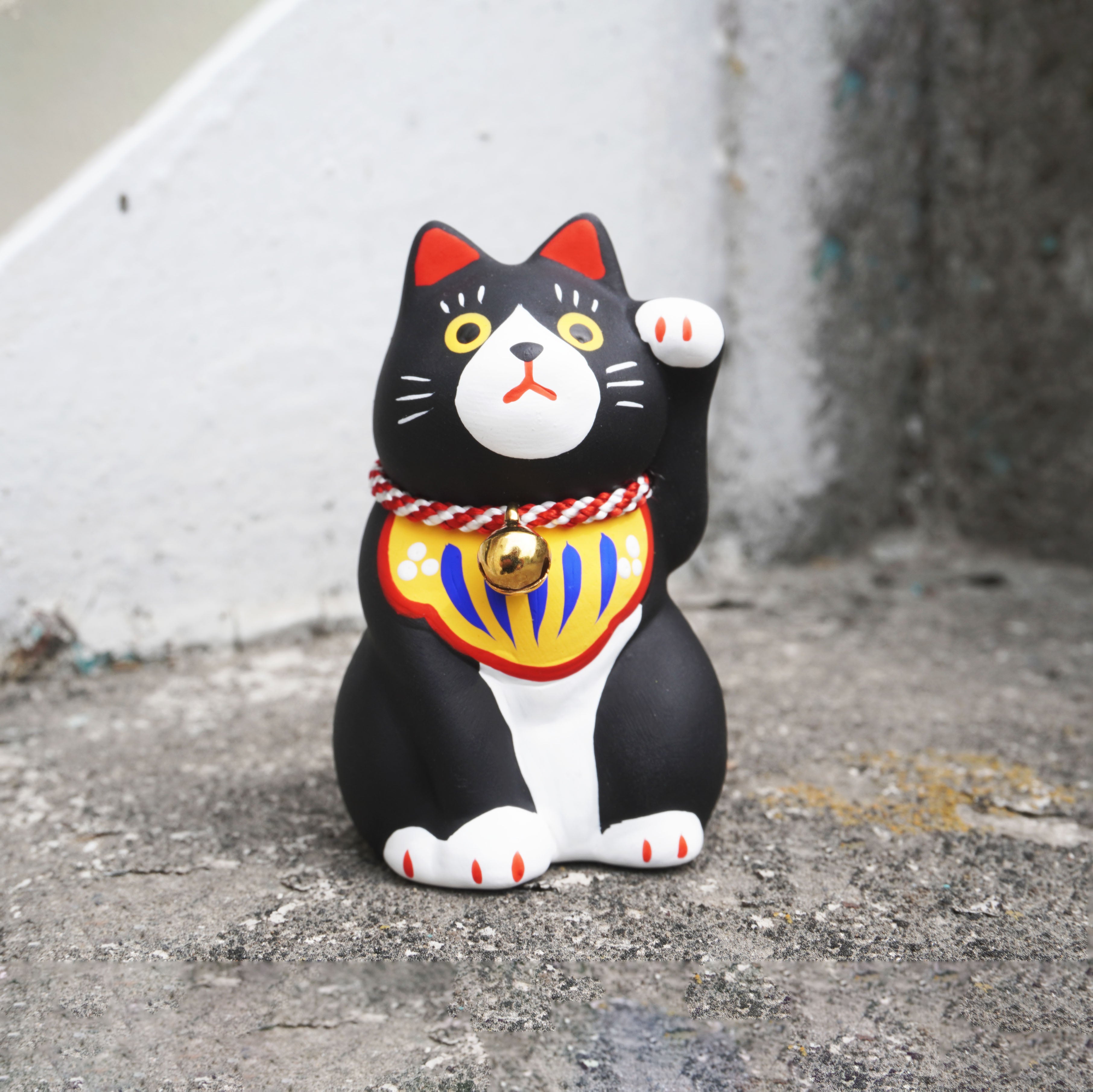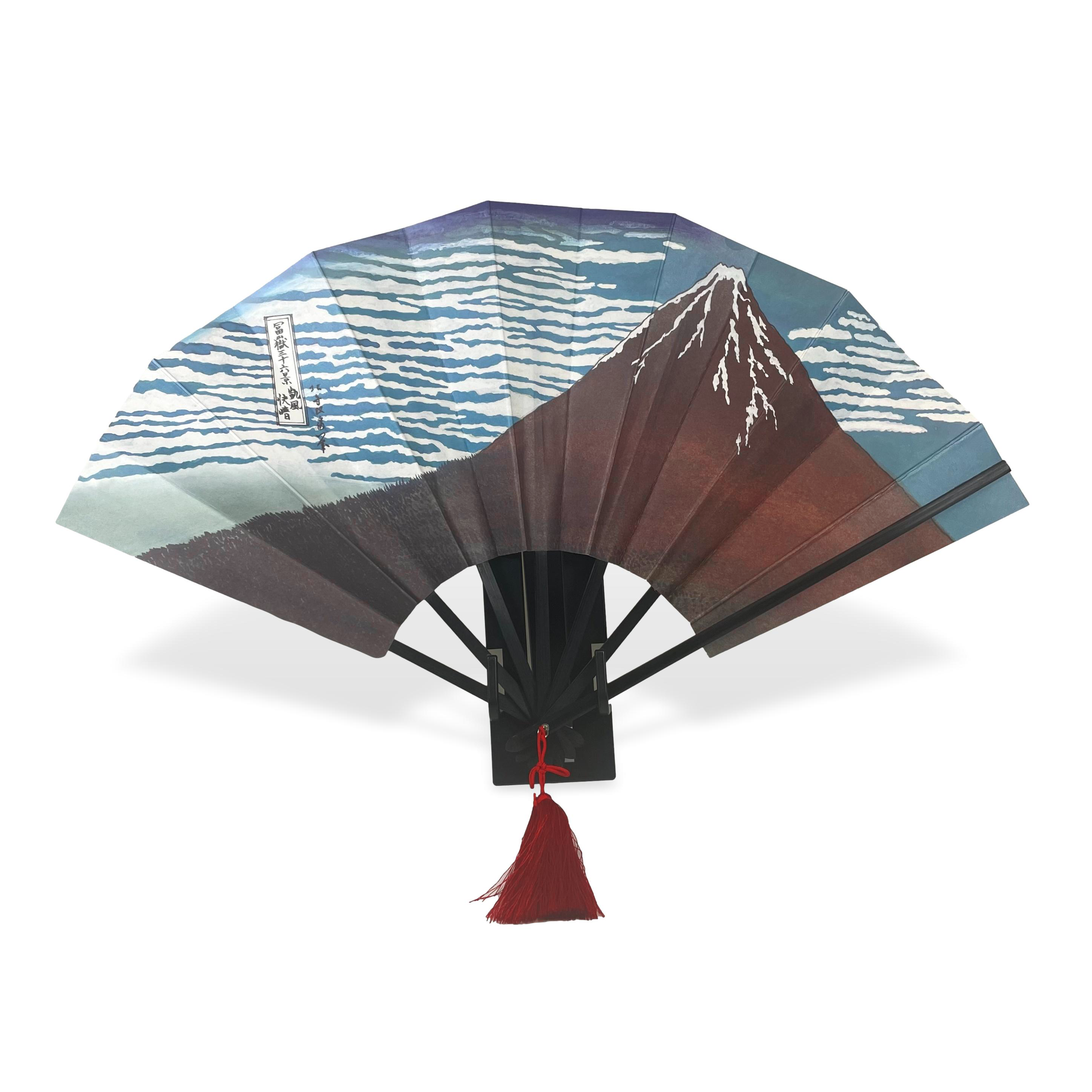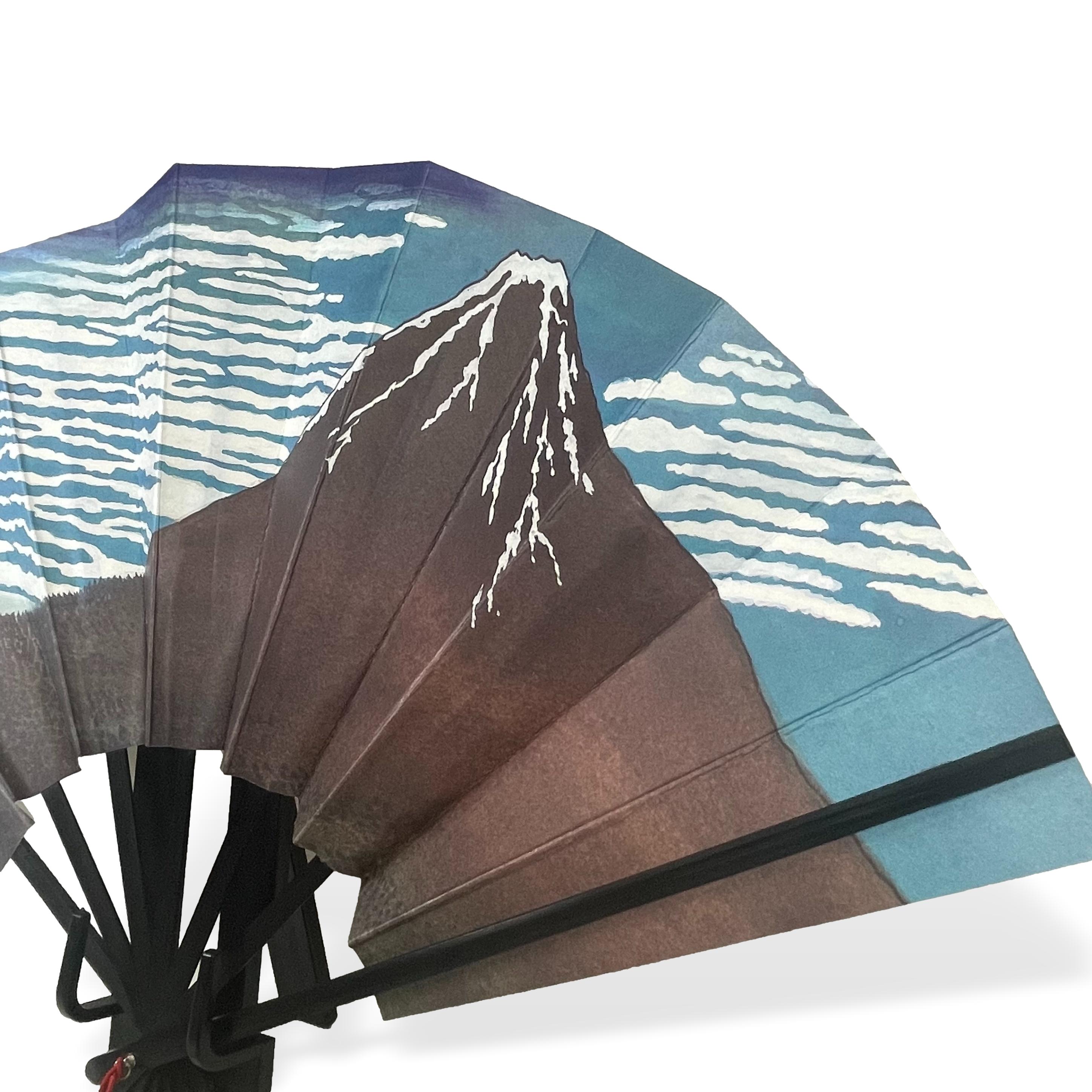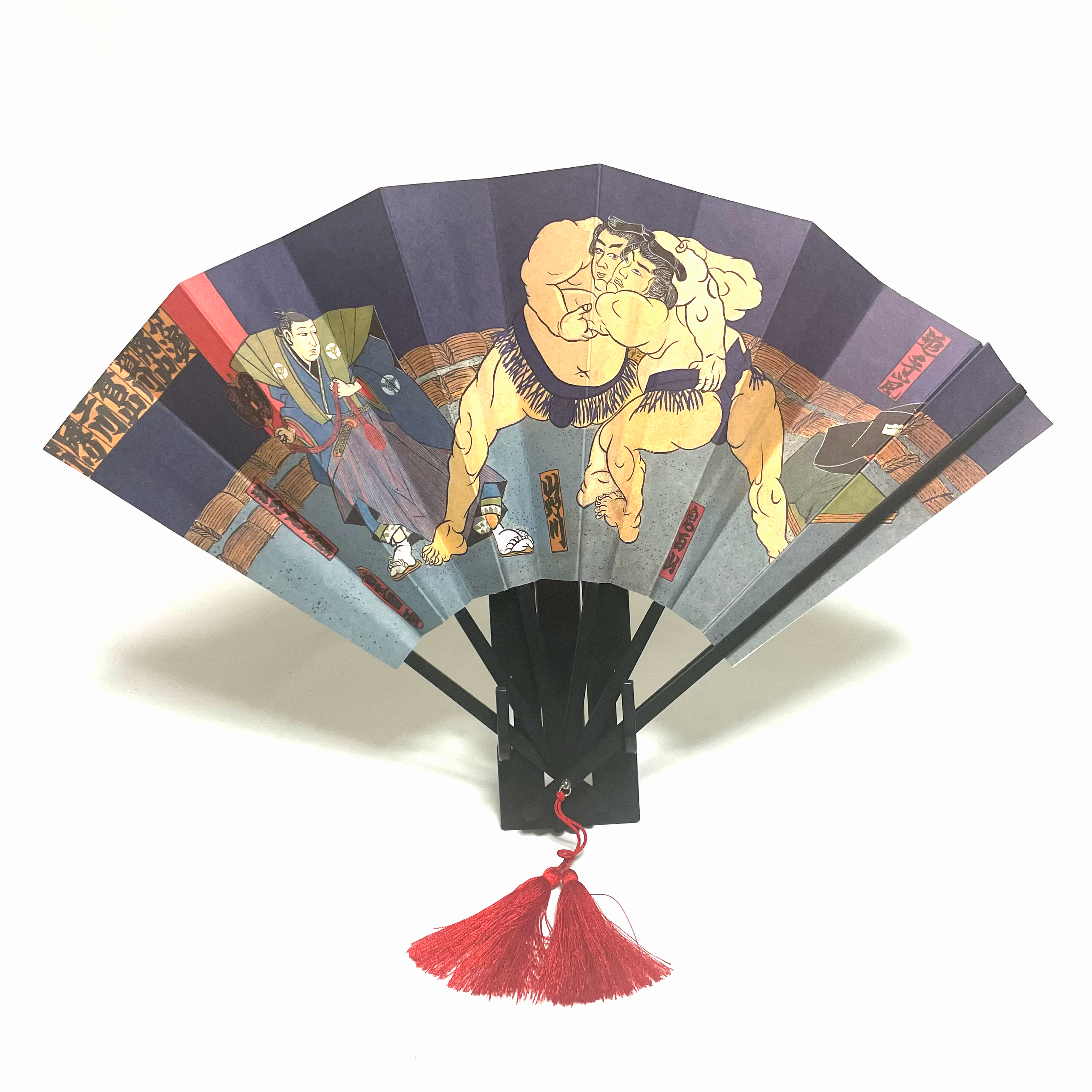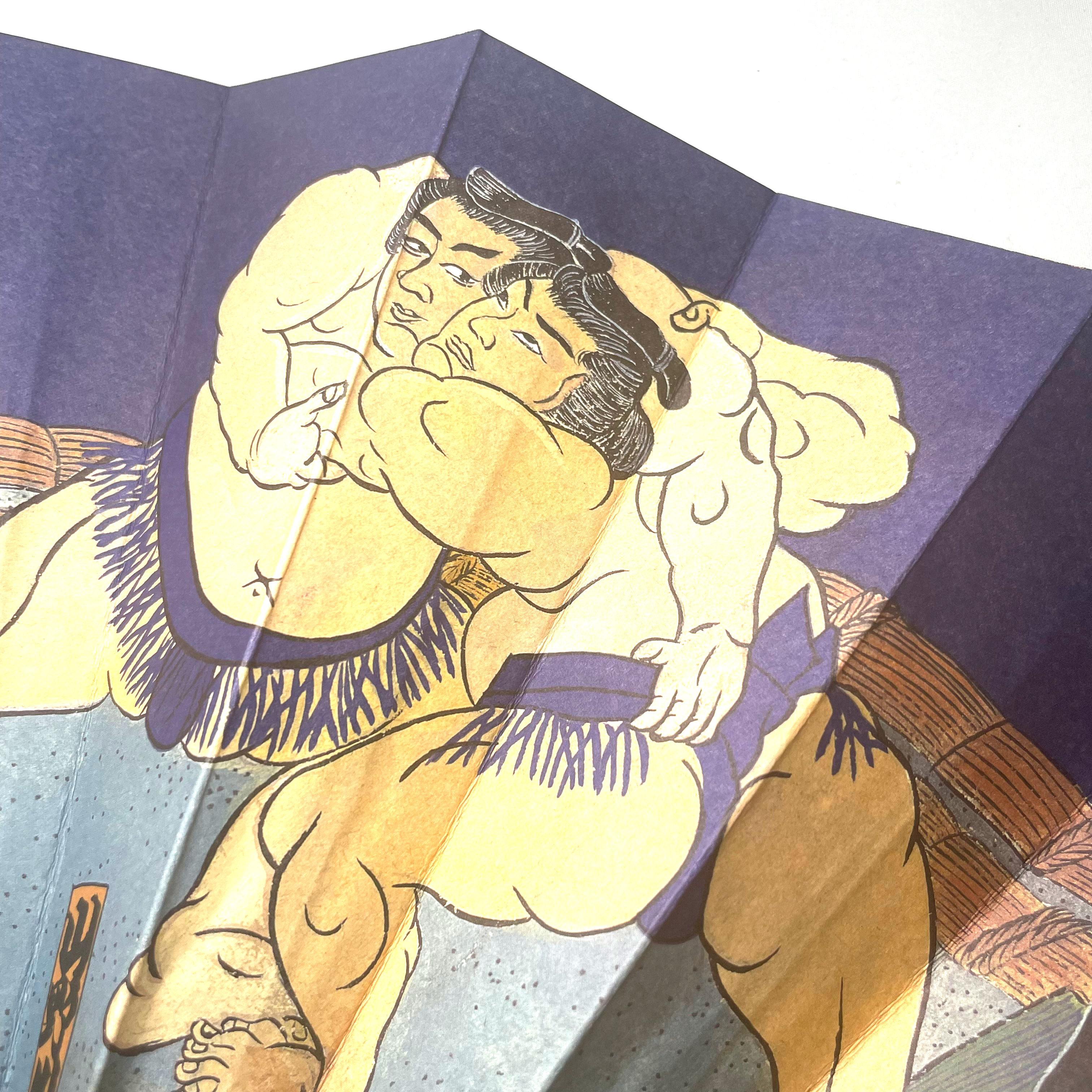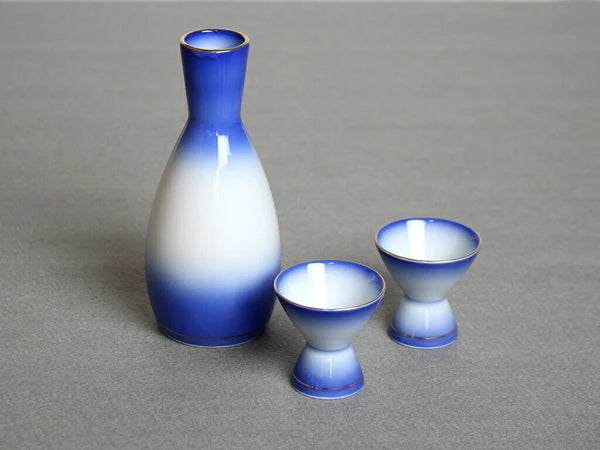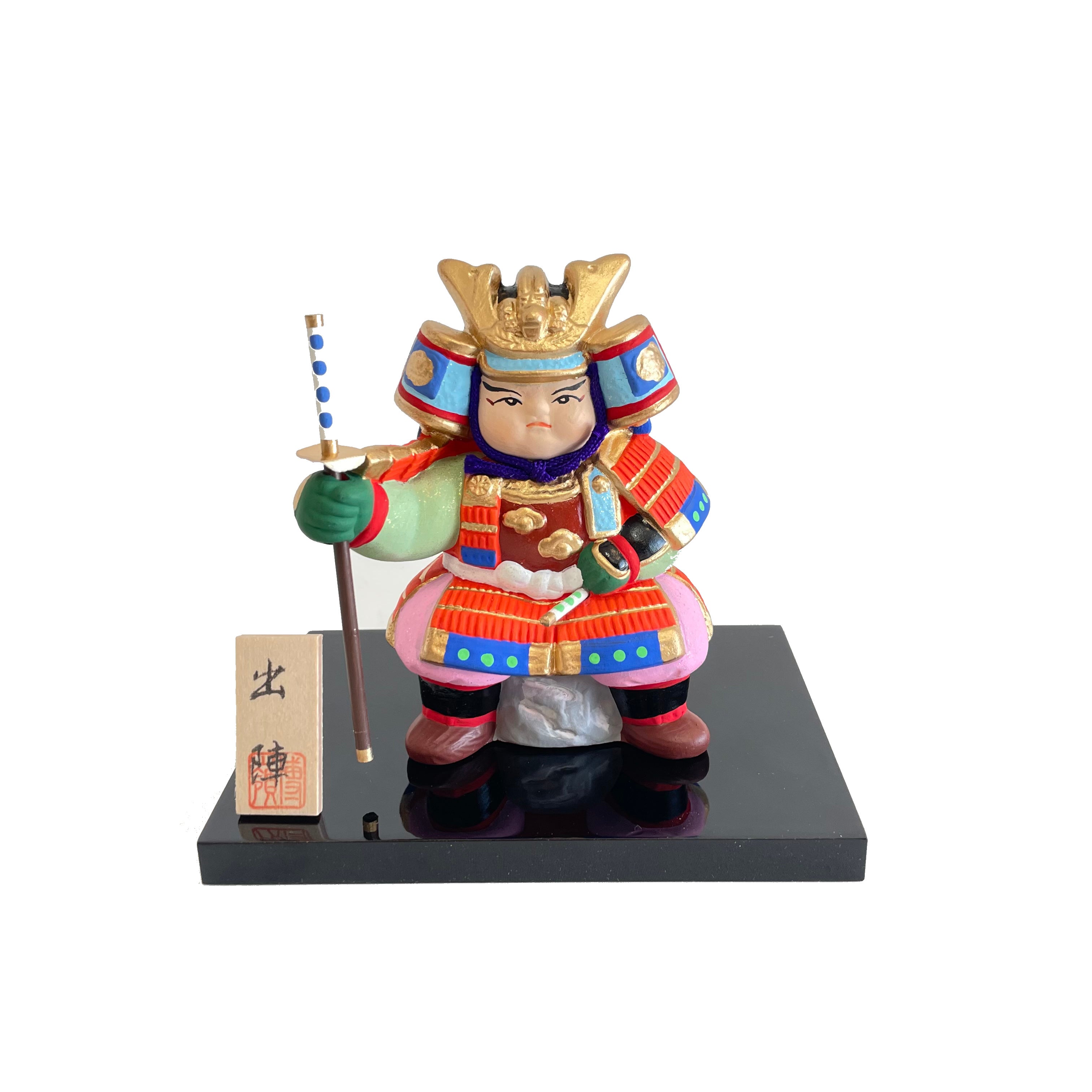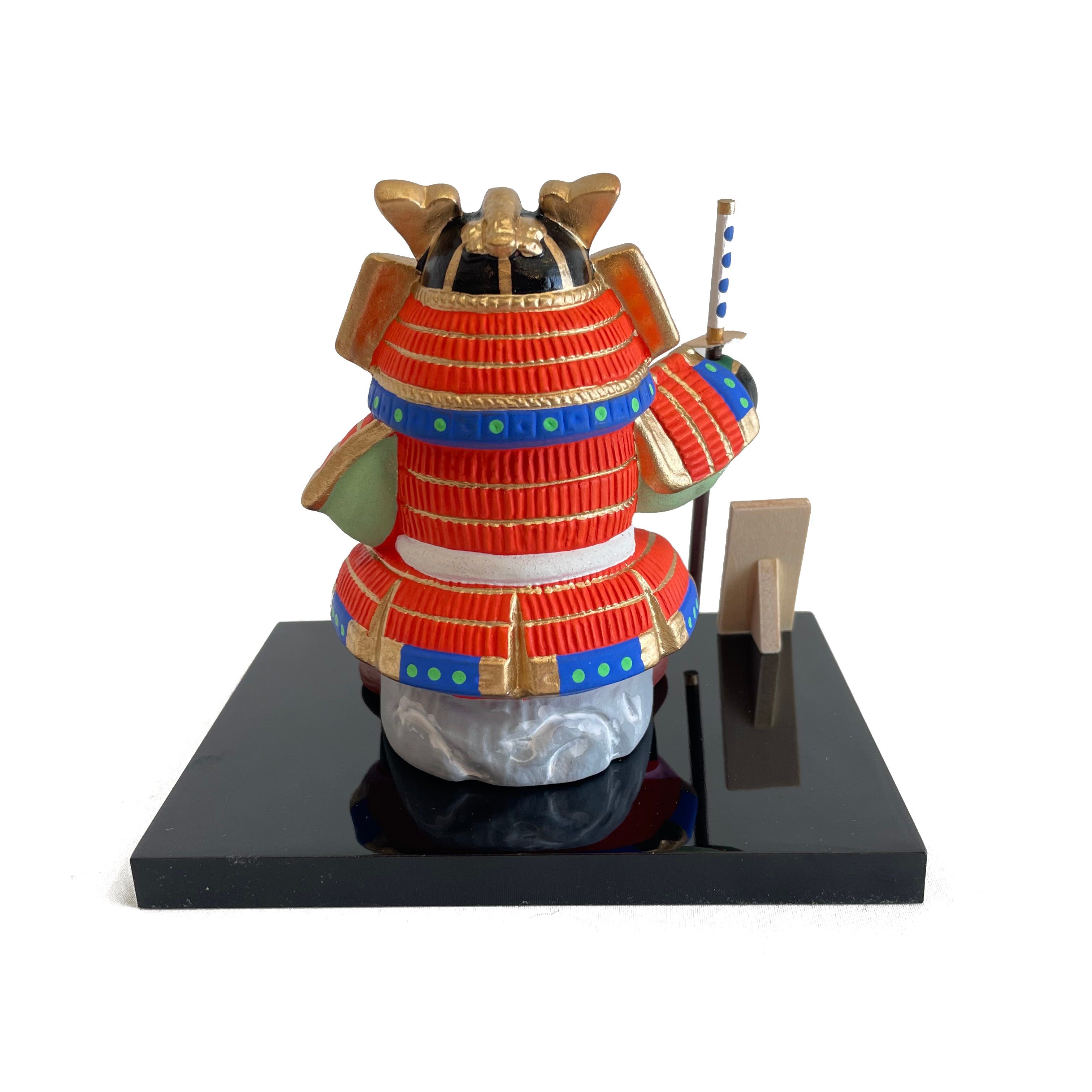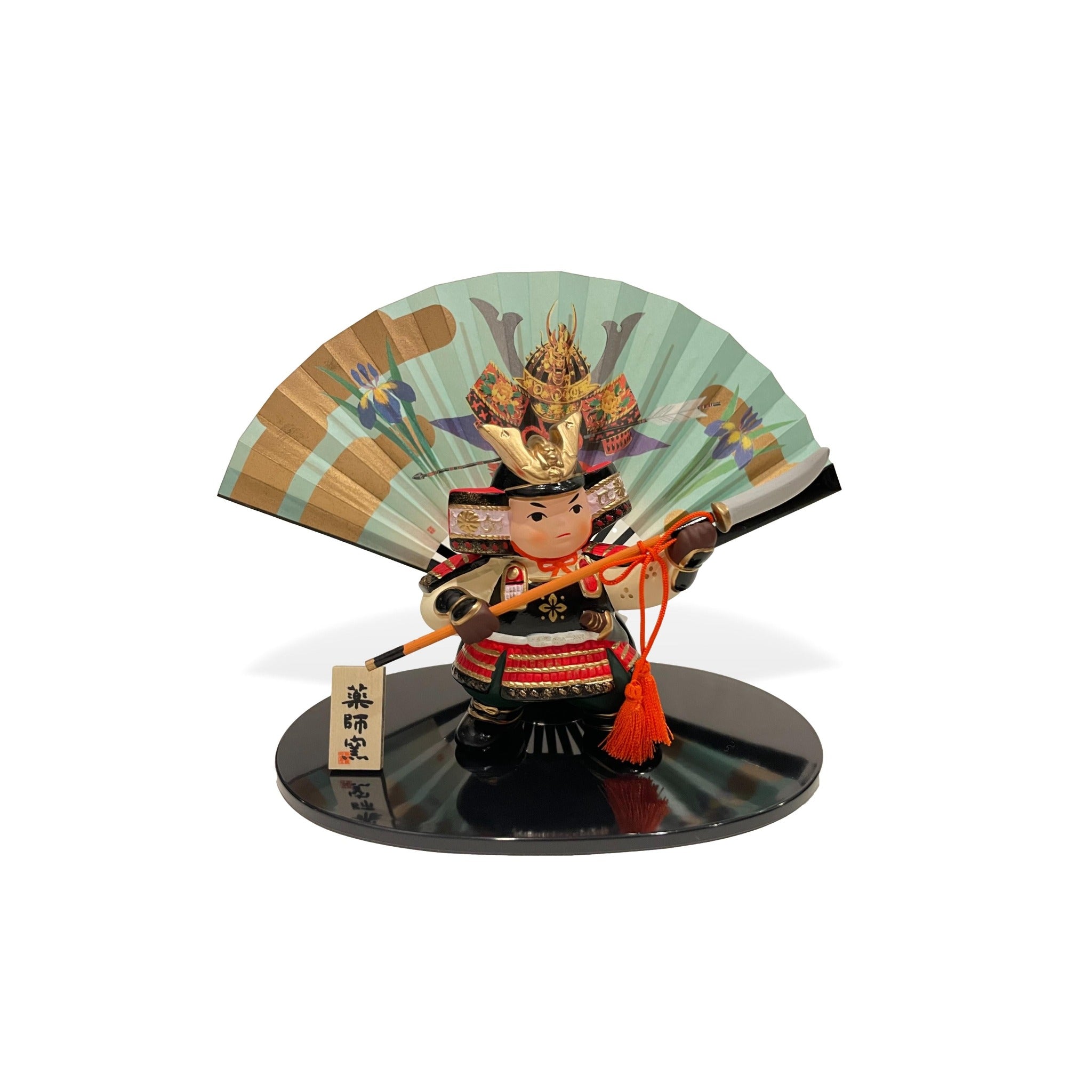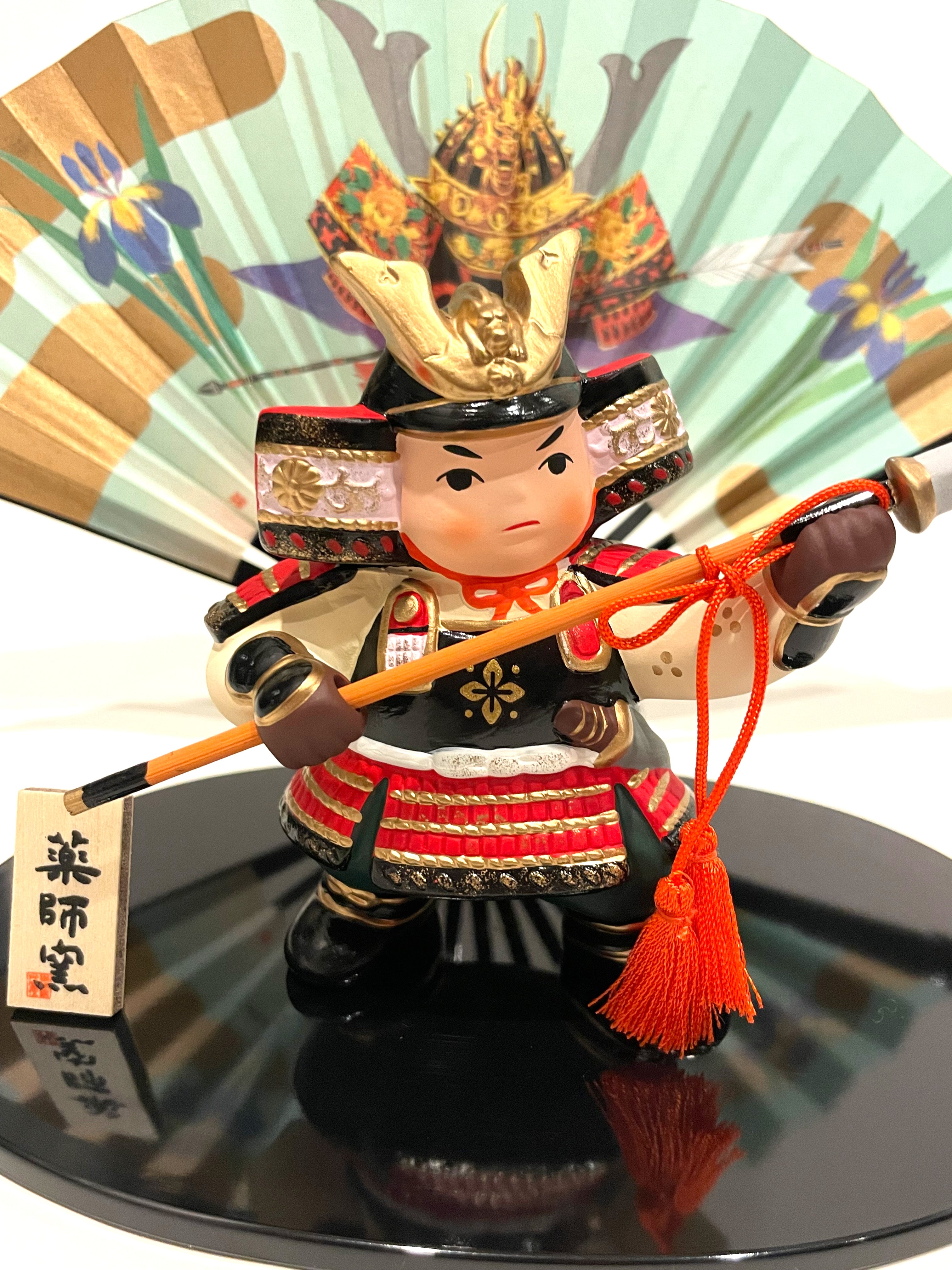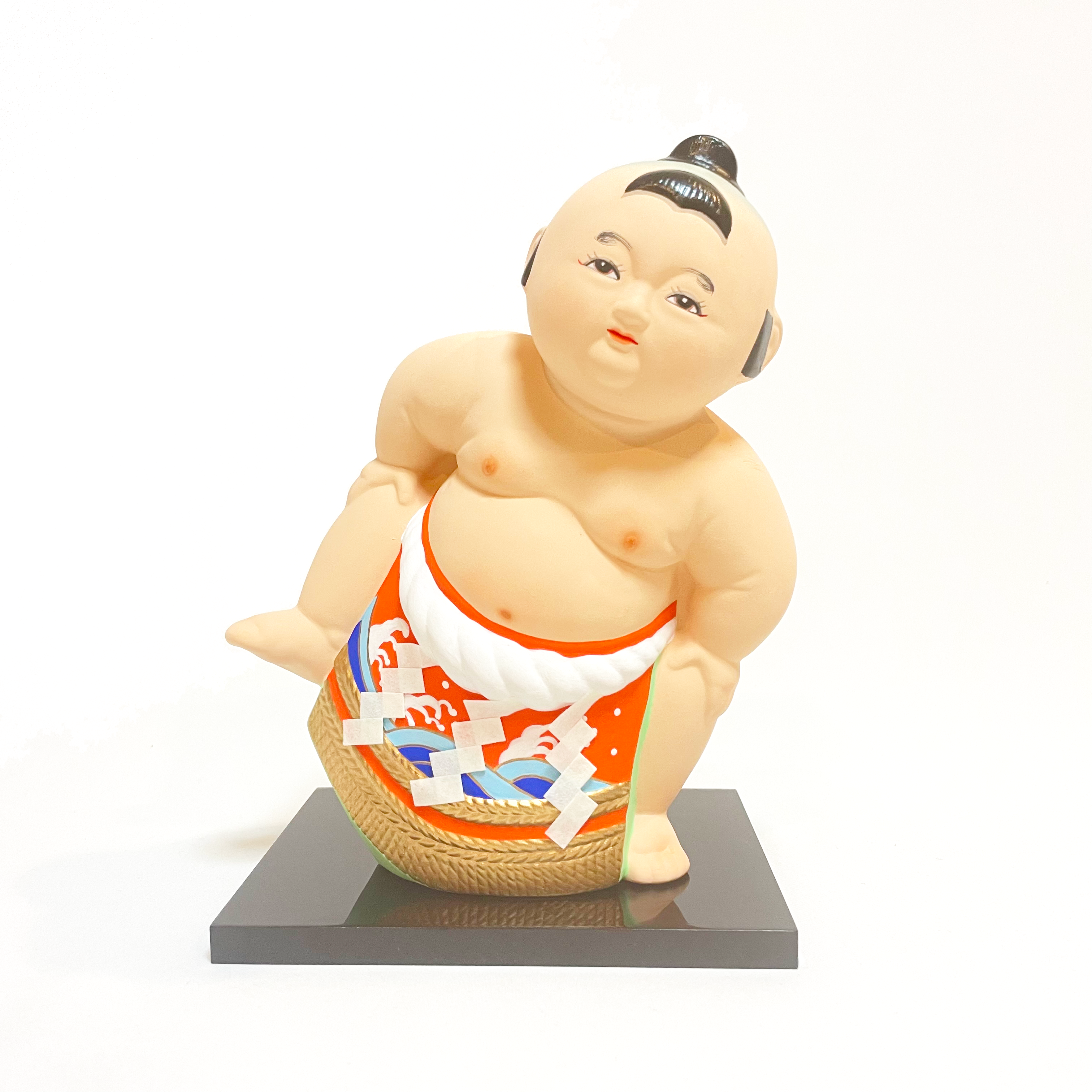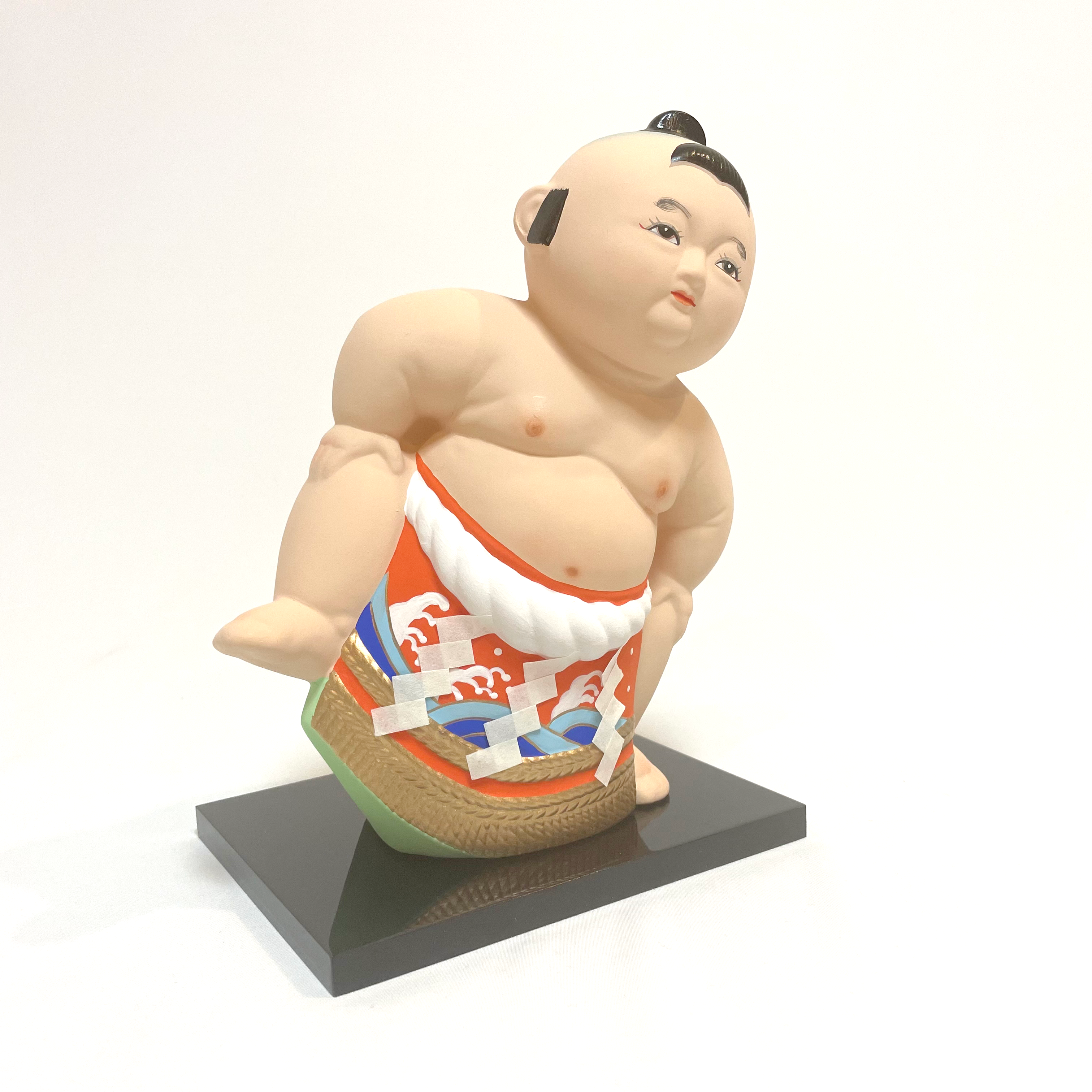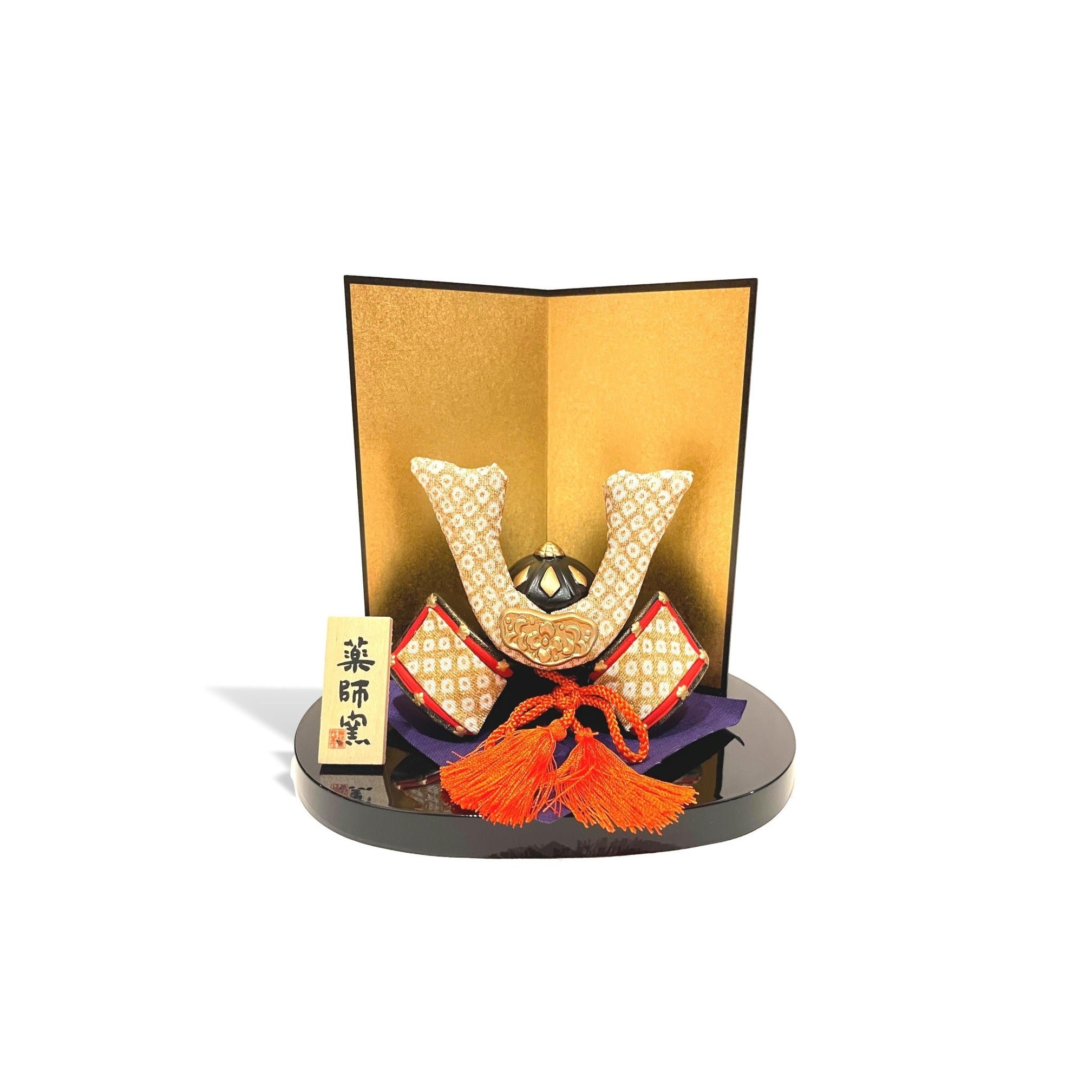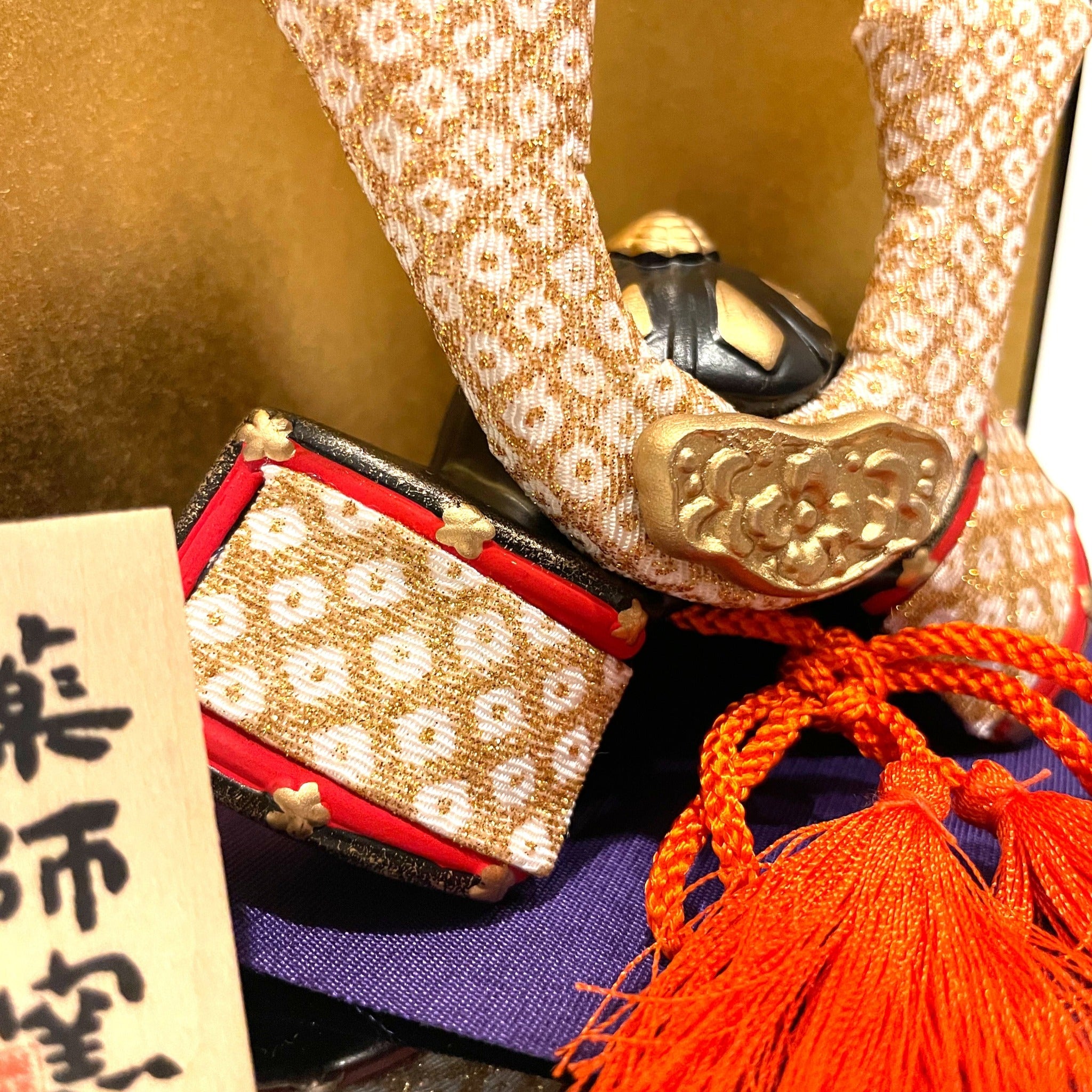Japanese family crests are known as "kamon" or "mon."
These crests originated as a way to identify individuals, families, or clans during the feudal period in Japan.
Kamon are often simple, stylized designs that can be found on various items such as clothing, flags, banners, and even architectural structures.
They typically consist of geometric shapes, plants, animals, or objects of cultural significance.
The design of a kamon often carries symbolic meaning related to the family's history, occupation, or beliefs.
Some families have a single kamon that has been passed down through generations, while others may have multiple crests associated with different branches of the family.
Type of set
[A]
・Stars on the moon
・9 pieces of bamboo in a circle
・Circle and three paulownia trees
・Hawk feather
[B]
・Copper coin (Edo period)
・Bellflower
・Treasure ship
・Seimei bellflower
[C]
・Buddhist symbol 卍
・Shami-koma
・Nadeshiko
・Holding rice
[D]
・Paulownia crest
・Plum bowl
・Great luck
・Fan
SIZE each
| diameter | 6.2cm |
| height | 5.6cm |
| capacity | 90cc |

